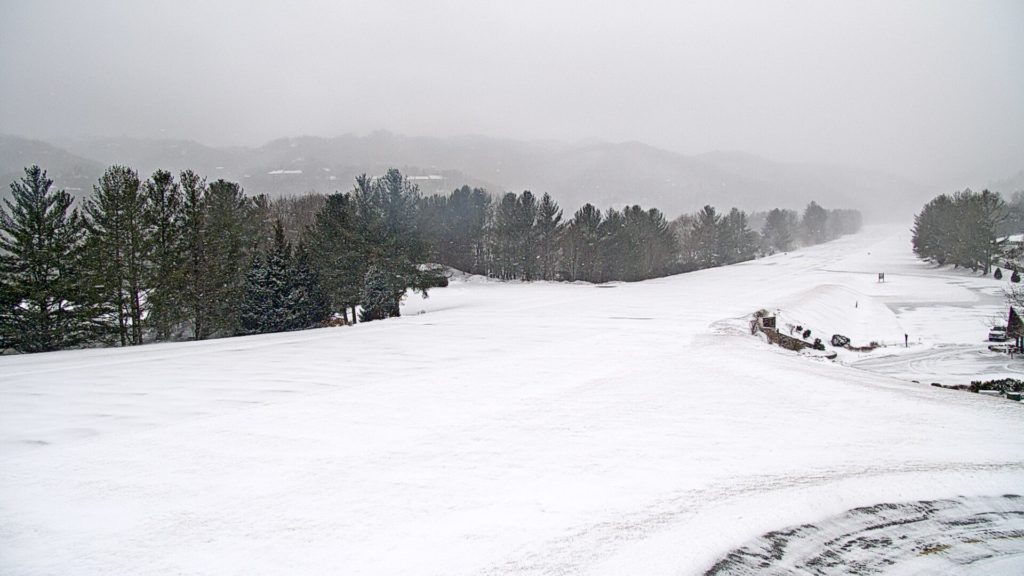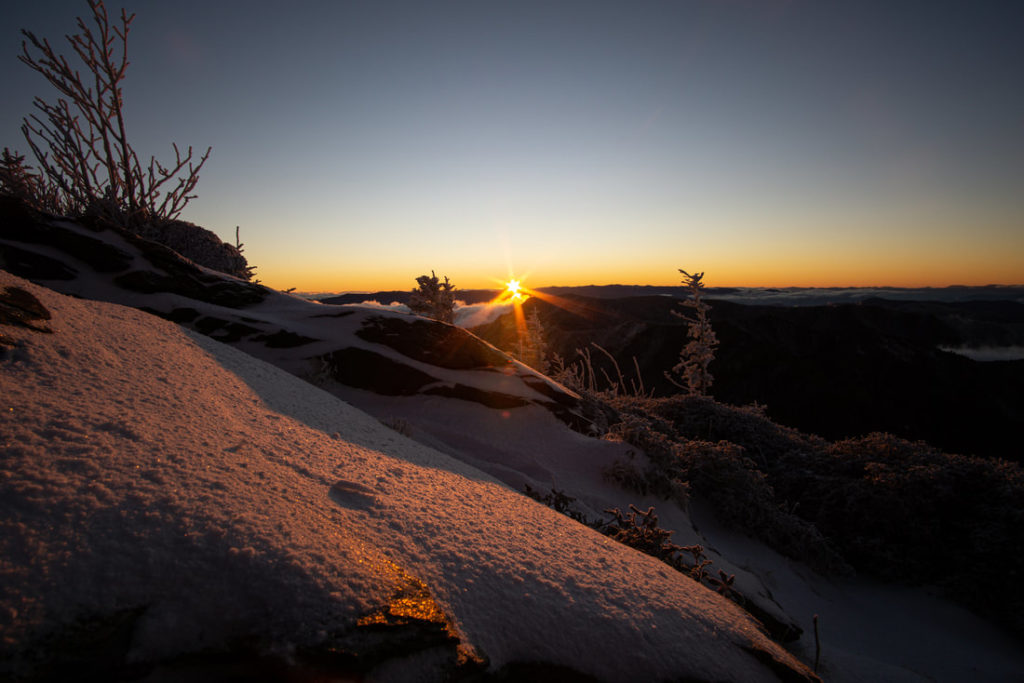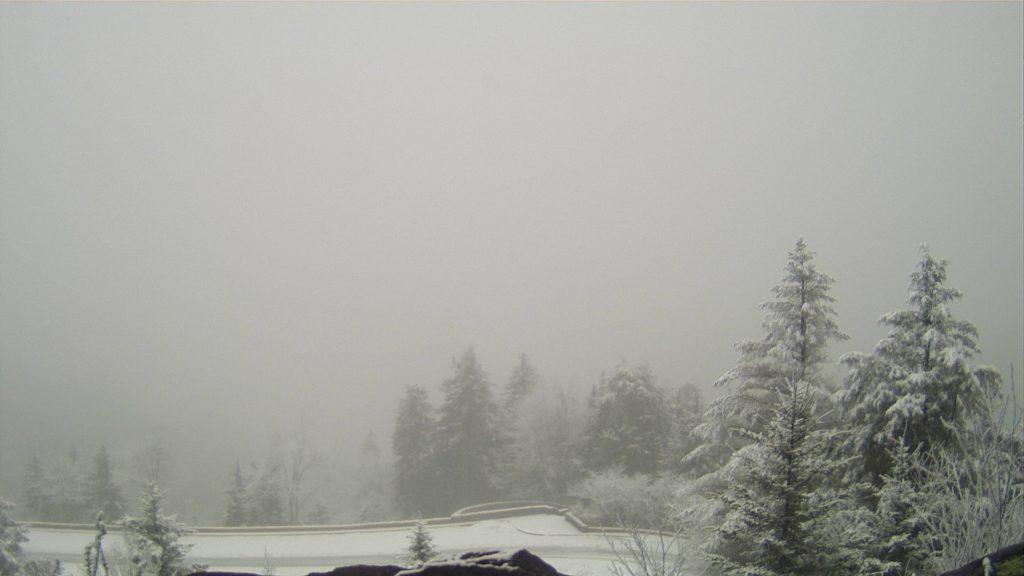1. How long has Ray’s Weather been providing forecasts and the most accurate weather information for the High Country?
RaysWeather.Com (what we call RWC) has evolved from "Ray's hobby in Beautiful Downtown Rutherwood" in 1999 to the most widely read media outlet in NW NC; about 4 million web pages delivered each month and read by about 250,000 people per month. We cover the weather from NC/VA line to Waynesville, NC, the Mountains to the Foothills, and all the micro-climates in between.
2. What is the craziest swing in weather from recent history? Either temperature swing, or from heat to cold & snow, or something similar?
It is not uncommon during the winter months to go from temperatures in the 60’s or 70’s to the 20’s and 30’s in 24 hours.
3. What makes the weather in the high country so unique compared to other areas in the southeast?
The orography and elevation of the area. One unique weather feature for the High Country is that you can get upslope conditions from both sides of the mountains. The Northwest flow can provide snow showers and snow squalls, and the East flow can provide a classic “Wedge” where cold air wedges against the east side of the mountains. Boone averages over 50” of precipitation each year- 2020 was above average for the year with over 70”!

4. The High Country is certainly cooler due to the elevation around here; because of this, what would be a comparable climate with regards to latitude?
The lower Great Lakes and Northern Ohio Valley/ southern Michigan.
5. For those who love snow, what is the perfect setup for a BIG snowstorm?
You need a solid and ample Gulf flow of moisture, along with the perfect southern track for a Low-pressure system. Then, you would want the system to become a Nor’Easter, as the wrap-around moisture would come from the NW, providing ample snow/ snow showers on the backside of the system, along with more cold air.
6. So, the Farmer’s Almanac is predicting a more active, colder winter compared to last year. Do you all produce a seasonal outlook, and if so, what shall we expect this winter?
Yes, the Fearless Forecast for this winter calls for snow totals 10% less than long-term averages. For Boone, this means 33” of snow this winter. Temperatures are expected to be near seasonal averages, and the bulk of winter occurring mid-November until the end of January.

7. Do you ever look to the Wooly Worm or other “indicators” for weather or seasonal outlooks?
No folklore used; Ray’s Weather focuses on the scientific approach and data; no fogs in August or Wooly Worm data.
8. What is the earliest and latest snowfall recorded in North Carolina? Snowiest on record?
There has been measurable snow on Mt. Mitchell every month of the year, with the exception of July and August. In 2009, Beech Mountain, NC received 166” of snow in a season. Boone’s snowiest winter on record is 1959-1960 with 104” of snow. Rounding out the top 5 include winters with 79”, 77”, 64” and 59” respectively. The most recent big snow year was 2009-2010 in Boone, which was the 5th snowiest with 59”.
9. For those who want to come up to experience the weather extremes up here (wind, cold temps, snow, etc), what do you all recommend that they do in order to prepare for it?
Don’t come up blindly. Follow the forecast and plan accordingly. Also, be prepared for changing conditions, as the temperatures can be 20 degrees cooler or more, depending on the season.
10. What is the most common misconception about weather forecasting (either in general or here in the High Country)?
With the ease of access to weather reports and models, it is easy to create a forecast and play into the sensation of what could be. The National Weather Service and Ray’s Weather are solid, reliable, and trusted sources. It is important to understand the local climate and local variables that impact the weather.
Many people become meteorologists as they are fascinated with weather extremes, as well as the science behind the weather. They also love the challenge of trying to figure out what it is going to do.
We would like to thank David Still and Eric Anderson for their time, as well as their knowledge and dedication to keeping all of us safe here in NC’s High Country.

